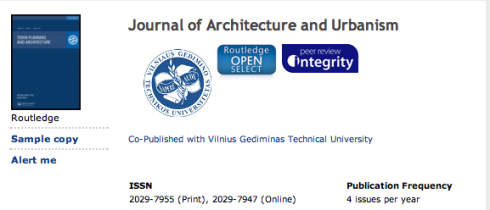In a chaburah today, someone mentioned that Teshuvah is a Reboot. This got me thinking about the three keys to reboot a Windows machine. This evening I found this.
But by us, the order is:
First, get control over yourself. Then סור מרע, delete your bad habits. Then עשה טוב, alter your ways.
So what is the purpose of life towards which you should direct your Reboot? Both the Gr"a and the Besh"t agree!!!
שני נביאים מתנבאים בסגנון אחד!
הגר"א
משלי ד יג
הבעש"ט
כתר שם טוב ח"א סי' כ"ד
Finally, totally unrelated, but something that, like the aforementioned Ba'al Shem Tov, I found on Rosh HaShanah this year, why male Jews call each other Reb Ploni, Reb Almoni, from the Tashbetz's commentary on Avos. Amazing!
